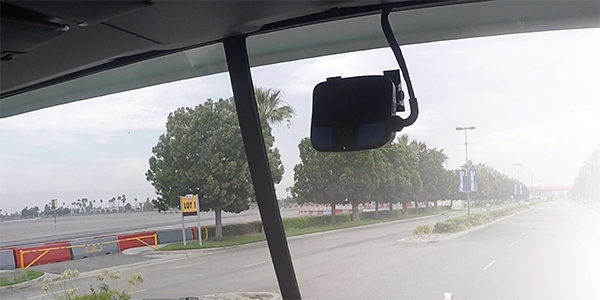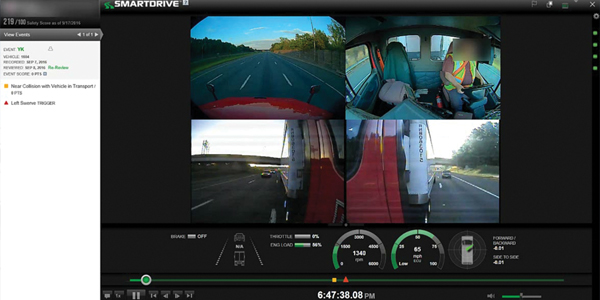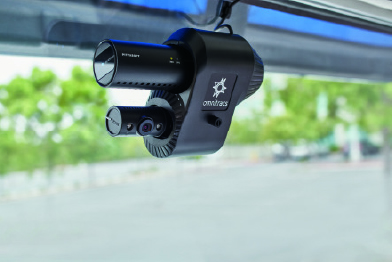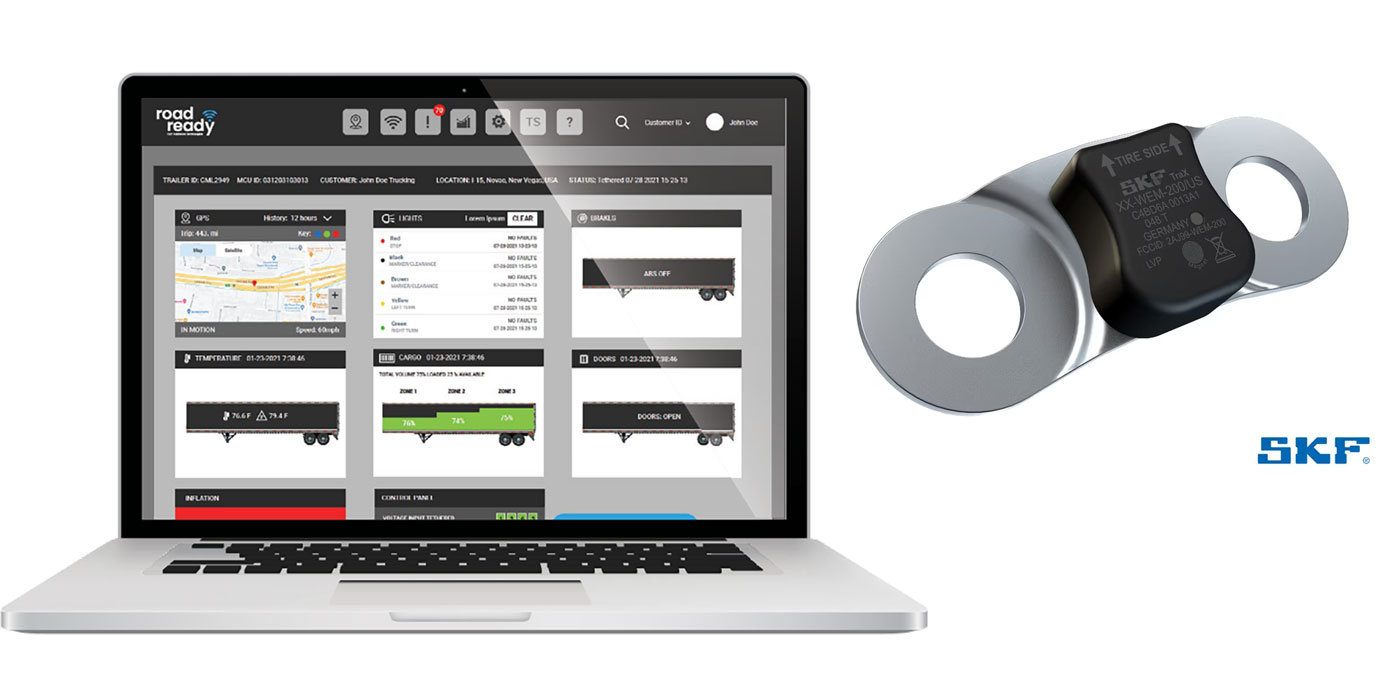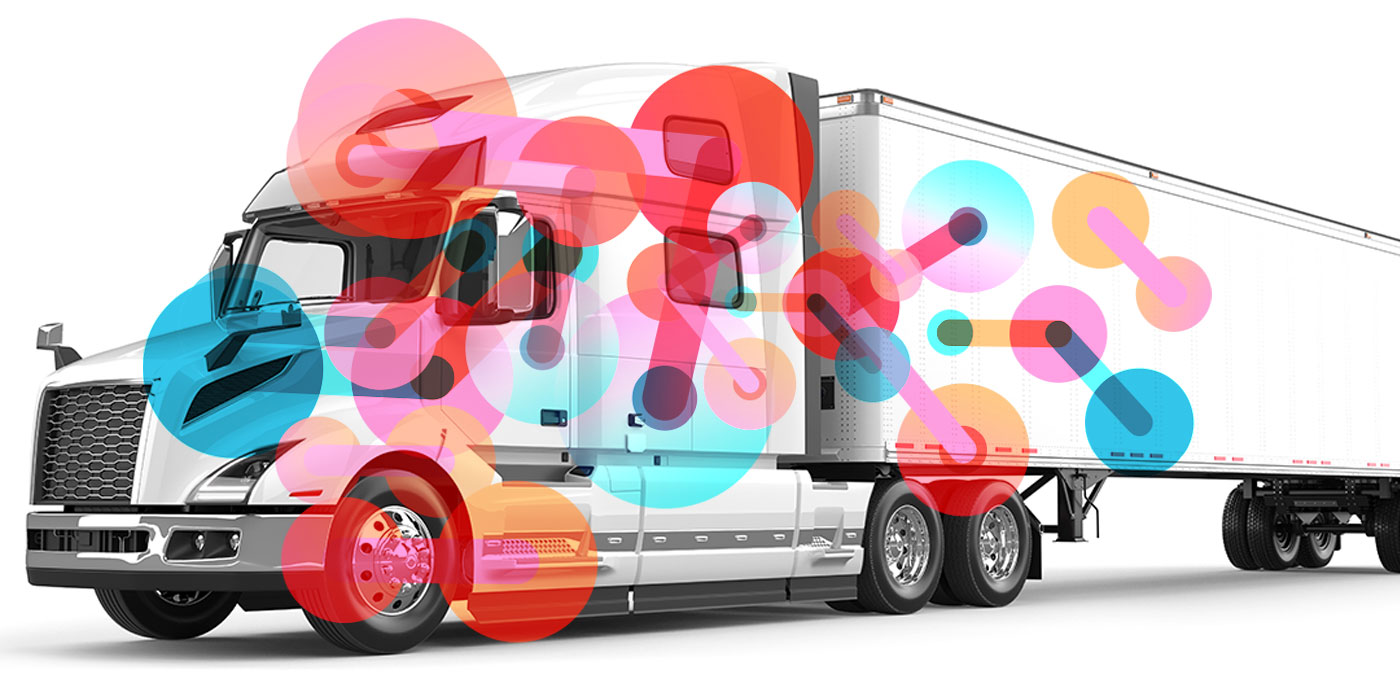Put yourself in the shoes of a truck driver—the person you depend on to operate your equipment as efficiently and productively as possible. Your life is spent on the road, and while you have a schedule and goals to hit (MPG levels, on-time deliveries, etc.), above all, one of the great perks of your job is the freedom it offers. To be out on the open road, driving solo—truck drivers treasure this.
Now imagine that one day you come into work, ready for your cross-country run, and your boss tells you that they’re installing driver-facing cameras in your cab to watch what you do on the road. Kind of puts a damper on that freedom, doesn’t it?
This is the common driver perception that fleets spec’ing driver-facing cameras as part of a video telematics program are facing. Drivers who learn that such a program is being instituted likely bristle, visions of an always-watching “Big Brother” and accusations of spying and invasion of privacy leaping into their minds.
From their perspective, it’s easy to understand. The fact that the video is only triggered and sent to the fleet manager in the event of a crash is almost beside the point—it’s the fact that it’s there that’s the problem, and that’s not an easy barrier to get past. It can also foster feelings that the fleet doesn’t trust its drivers. It’s a complicated culture issue that’s not easy to get past.
Yet, from an equipment management point of view, video telematics can be incredibly helpful not just for the fleet, but for the driver too, as the benefits of driver-facing cameras include exonerations from potential lawsuits after collisions, as well as driver coaching that can cut down on crashes, distractions and other dangerous situations.
Naturally, there’s some debate over whether taking advantage of this technology is worth it—even among the suppliers of video telematics themselves.
Of the 170-plus customers of Trimble’s Video Intelligence solution (formerly known as PeopleNet), which offers multiple camera choices including front-facing, driver-facing, side-facing and backup cameras, only four have chosen to use the driver-facing camera. That’s according to Jim Angel, Trimble’s vice president of video intelligence solutions.
“We’ve actually kind of seen a declining percentage of driver-facing cameras,” Angel said. “One carrier launched the program with both forward- and driver-facing cameras, but they didn’t leave that driver-facing camera on for more than two or three months before they turned it off. And they did that out of respect for the fact that their drivers were telling them that this wasn’t what they signed up to do. Many carriers are having this same problem; it becomes a retention issue.
“Keep in mind,” he went on, “you’re dealing with a group of individuals that, generally speaking, are mid-50s, they’ve been doing this for a long time, and you’re entrusting them with a $250,000 vehicle. When they come to report to work, you’re telling them that you’re going to watch everything they do, and for some of the old-school drivers, it doesn’t sit very well.”
On the other hand, many suppliers of in-cab video said that while drivers are often opposed at first, a policy of clear communication with your drivers about what you’re doing and why can soften that stance and get them on board with the video program.
“The fleets that have been the most successful are the ones that included their drivers in the conversation about added video technology before making the final decision,” said Drew Schimelpfenig of the Omnitracs Safety Center of Excellence. “They also reminded their drivers that the real possibility of exoneration would be the primary benefit. For those fleets that had already established a strong culture of safety, it was no surprise to their drivers that their company wanted to move to the next best thing they could do to continue to advance and defend that same culture.”
Kristin Costas, director of product management at Lytx, acknowledged that driver privacy was a concern when the company introduced driver-facing cameras, but said that over the past five to seven years, the company has seen “a strong shift” in driver attitudes about the cameras.
“We consult with our customers on addressing driver concerns,” she said. “We have pretty robust driver orientation trainings and sessions that we take fleets through to get them comfortable with the technology and what it’s going to do for them.”
Understanding your fleet’s driver culture, anticipating push-back and having a clear and open communication strategy between management and the driver pool is the key to successfully deploying in-cab cameras.
“Drivers are typically conscientious, responsible professionals who view that obligation through the same lens as executives,” said Jason Palmer, chief operating officer for SmartDrive. “Any apprehension from drivers is typically due to a breakdown in communication and a desire for transparency. Making clear the company’s purpose for adopting video-based technology can seamlessly ensure driver buy-in.
“Without video, drivers and managers may have differing views on what occurred on the roadway,” he added. “With video, any missing pieces and areas of question are clearly visible, enabling a collaborative, constructive discussion about improved driving skills.”
Brendan Buzer, product manager for Bendix Commercial Vehicle Systems, said that while fleets are divided on the use of in-cab cameras and drivers could push back initially, it only takes one video exonerating a driver from a case of wrongdoing to turn them into avid fans.
“We find that once drivers have seen that videos are able to provide them with protection during incidents they are more accepting of the technology,” Buzer said, noting that while some fleets would like to have in-cab video, others believe that similar benefits can be seen with just a forward-facing camera.
SmartDrive’s Palmer suggested that fleets implement a driver incentive program to work in conjunction with the video-based solution to encourage and reward driver safety, a program he noted is in place for many fleets already. This could be a good way to get drivers on board with the cameras, so long as you’re not cutting into the camera ROI.
This is not to say that all drivers will rebel against in-cab cameras.
Trimble’s Angel explained that there are certain applications where it makes more sense than others to have a driver-facing camera. He gave the example of one customer that utilizes the driver-facing camera: a hazmat company that has a strict no-smoking policy for drivers, as they’re hauling extremely flammable gas that could ignite if the driver smokes in the cab. That said, Angel cautions that it’s not for every fleet.
“You have to ask yourself,” he said, “is the information that’s in the cab necessary to exonerate your driver from an accident that they were not responsible for when you have all the information outside the cab?”
In other words: will it do more harm than good? It is possible that you can get all the information you need from the outward, forward-facing cameras in the event of a lawsuit. In fact, if some cases, the information exclusively provided by the driver-facing cameras may be more likely to point the finger at your driver—who may be on his or her phone, dozing off at the wheel, or otherwise distracted—than to exonerate the driver. And if that’s the case, do you even want that information available in a potential court case?
Every fleet is different, and different groups of drivers may respond differently to the idea of driver-facing cameras. Clearly, there are multiple sides to this story—even among the providers of those driver-facing cameras. We’re not here to tell you that one way is right and that the other is wrong—just know that there are two sides to this story, and that either way, this is potentially delicate and will take clear communication to drivers, being open to conversation and being clear about the potential benefits to the drivers as well as the fleet.

